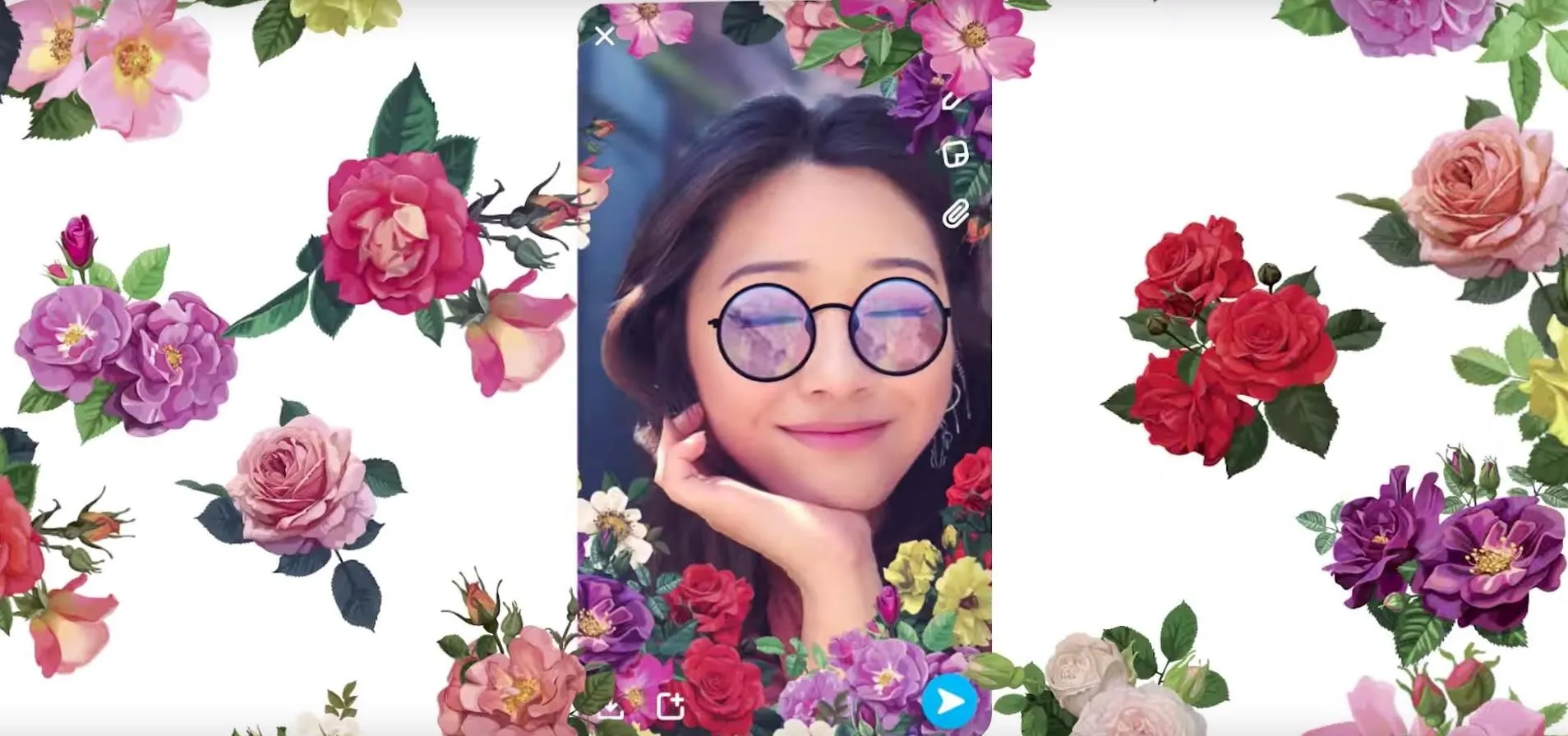After adding dual cameras to its camera glasses, Snap is finally taking full advantage of the depth-sensing abilities of newer iPhones as well, extending the use of its new 3D Camera Mode.
Rolling out to Snapchat on iPhone X, XS, XR, and new 11-series iPhones this week, 3D Camera Mode uses TrueDepth camera to capture 3D images and videos. In addition, users can add augmented reality effects to the resulting content, and share them with others.
"Today we're excited to introduce a 3D Camera Mode that adds depth to your Snaps. Use it to create Snaps that capture spatial detail, changing in perspective and appearance based on how you move your phone when you view them. These new Snaps look different, act different, and feel different," said the company in a statement.
Through the Snapchat app for iOS and Android, those viewing the 3D content will be able to shake their smartphones like a Polaroid picture to activate the special effects. The user can then tilt the device to view the full 3D scene.
The 3D Camera Mode mirrors the capabilities of the new Spectacles 3 camera glasses. The glasses' dual-camera setup to capture depth in first-person photos and videos that users can then augment with 3D effects through the Snapchat app.
To take your own 3D snap, go to the front-facing camera view in Snapchat, then select the 3D option from the camera option drop-down menu (looks like a V). After taking your image, you can then swipe apply 3D filters.
Upon the introduction of the TrueDepth camera to the iPhone X, which maps users' faces for FaceID and Animojis, Snapchat leveraged it to enable more realistic AR masks.
Now that the TrueDepth camera is essentially standard-issue for the iPhone (the only remaining handset without it that Apple sells is the iPhone 8) and no longer a novelty, it makes sense for Snap to embrace into its depth-sensing capabilities fully.
The 3D Camera Mode also acts as an appetizer for Spectacles 3. As iPhone users see what they can create in the selfie view, their appetites for world view content may grow. Likewise, experiencing the shared immersive content may influence others to take the plunge as well.
Sadly this means all Android users are shut out from 3D effects — unless they purchase the Spectacles 3. Some US-based phones like the S10+ and LG G8 ThinQ have added Time-of-Flight sensors to their front-facing cameras. But there are no US-released Android phones that have secure facial recognition front-facing camera set up comparable to the iPhone's FaceID. Potentially, that is, until the Pixel 4 launches this October. We can't know if these 3D effects would extend to that new phone's camera when it does launch, though.
Like Apple, Snap has its eyes on augmented reality smartglasses as the future of computing for consumers. While other companies have begun shipping early entrants into the market, neither Apple nor Snap is ready to jump in just yet. But that's not stopping the companies from laying the foundation for the future through the mobile ecosystem.
Cover image via Snapchat/YouTube




























Comments
Be the first, drop a comment!